Yeovil at War
Garden Railings
Victorian decorative ironwork - used for the war effort?
In Victorian times a feature of many Yeovil houses, as elsewhere, was a front garden varying from just a couple of feet deep, in the streets of terraced houses (see first photograph in the Gallery below), to much grander proportions. The boundary between the garden and the public footpath would invariably be a dwarf brick wall surmounted by decorative iron railings.
The railings would be painted in a variety of colours and most popular were 'invisible' greens - so called because they would blend into a background of foliage. Although green was most popular throughout the mid Victorian period, dark blue, red and chocolate brown were also frequently seen. Following the death of Prince Albert in 1861, iron railings (as well as doors, window frames and pretty much anything else that could be painted) were painted black as a sign of mourning and frequently remained black for decades after Prince Albert's death.
During the Second World War many garden railings, as well as church and park railings, were removed ostensibly to be melted down in a morale-boosting drive to help the war effort. This was supposedly for re-cycling scrap metal for munitions. Railings were usually simply cut off at the base and the stubs may still be seen in many roads in Yeovil and elsewhere, where they have never been replaced.
|
However it now seems certain that this was largely a propaganda exercise intended to give civilians a feeling of having contributed to the war effort and the opportunity to 'hit back' at Germany. While the removal of the iron is recounted by hundreds of eye witnesses, there are no similar reports of the lorries arriving at the steel works with large quantities of railings and gates to be loaded into the blast furnaces. |
Faced with an oversupply, rather than halt the collection, which had turned out to be a unifying effort for the country and of great propaganda value, the government allowed it to continue. The ironwork collected was stockpiled away from public view in depots, quarries, railway sidings. After the war, even when raw materials were still in short supply, the widely held view is that the government did not want to reveal that the sacrifice of so much highly valued ironwork had been in vain, and so it was quietly disposed of, or even buried in landfill or at sea.
GALLERY
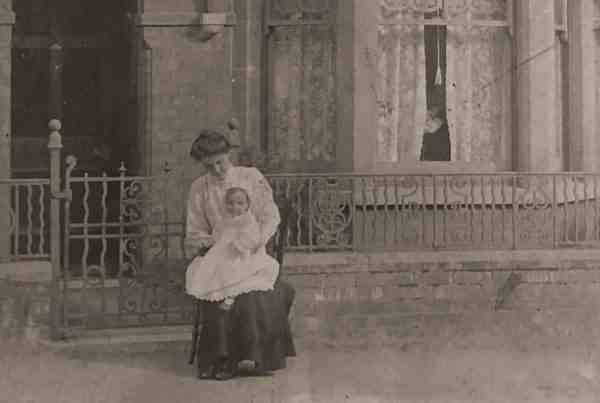
Courtesy of Bob
Banfield
Ornate garden railings in a photograph of around 1900. Actual location in Yeovil unknown.
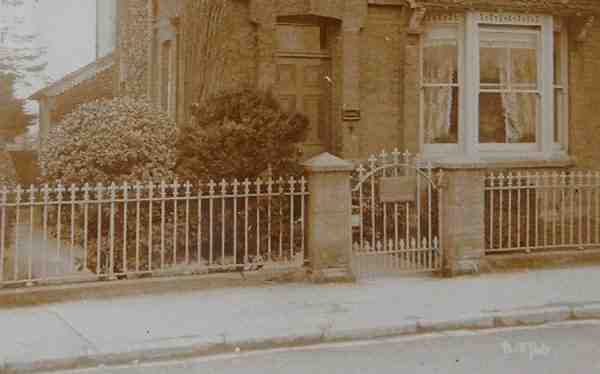
From my
collection
Railings outside 23 The Park, in a postcard dated 1917. The gate and railings were removed during the Second World War but were replaced after the war.
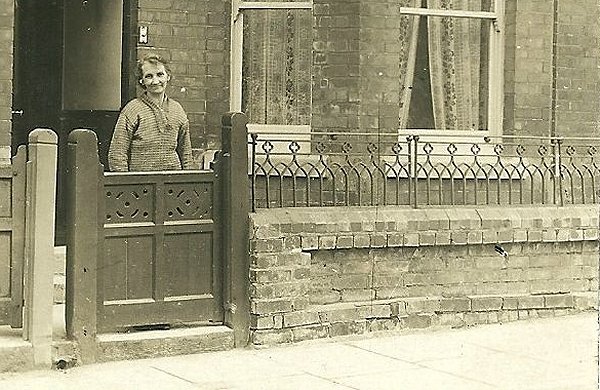
From my
collection
A typical Yeovil garden wall surmounted by decorative Victorian ironwork railings. This example is from Salisbury Terrace, Reckleford, and was photographed before the Second World War.
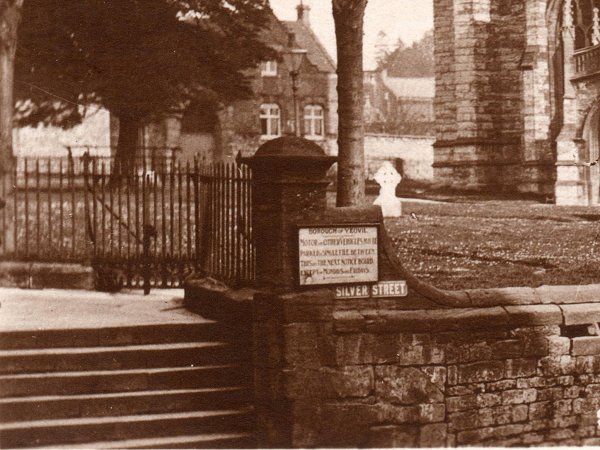
From my
collection
An enlargement from a 1920's postcard showing the railings that once ran around the perimeter of St John's churchyard. These too were removed for the "war effort".
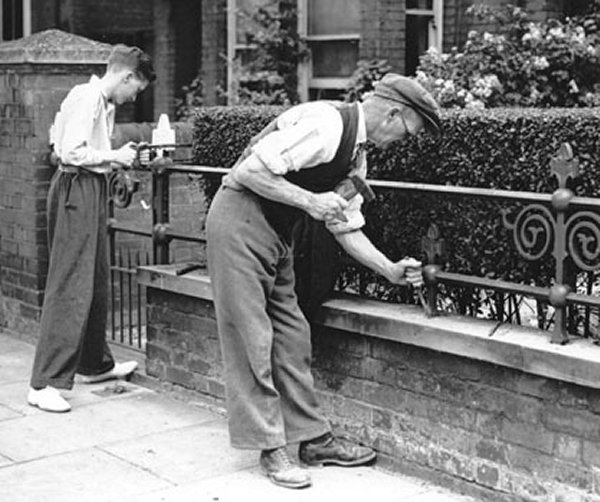
Workmen removing decorative iron railings from a garden wall during the Second World War.
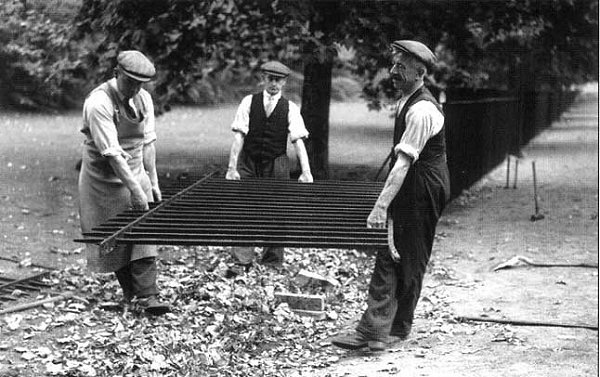
Workmen removing railings from a park (in this case in London) to "aid the war effort".
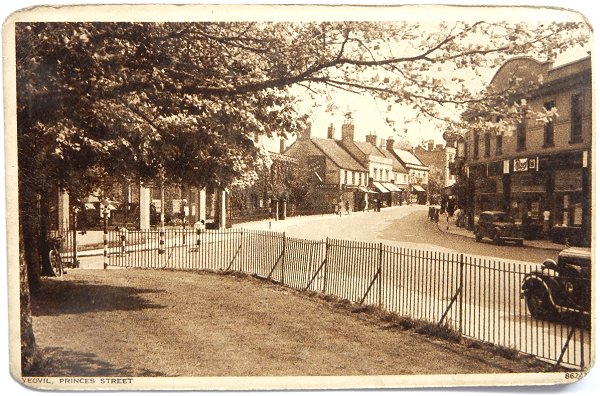
From my
collection
A postcard dated November 1942 showing the Court Ash / Princes Street / Kingston junction from Bide's Gardens, with its perimeter railings. Although these railings had been removed by the late 1950s, I believe they were actually removed after the war - does anyone know differently?
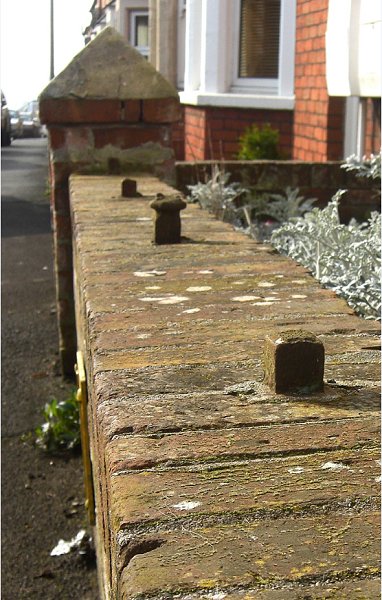
The legacy of the 1940's "war effort" - many front garden walls of older properties in Yeovil now feature the remnants of the railings. This example is in Percy Road. Photographed in 2016.